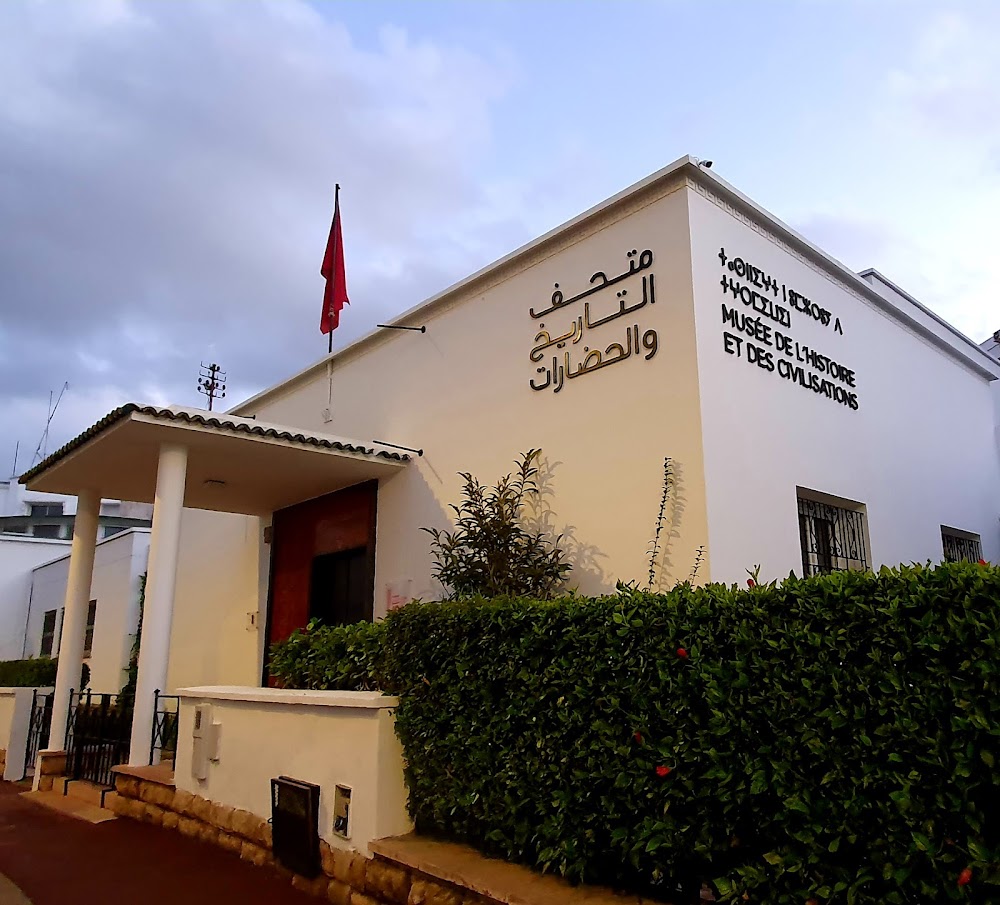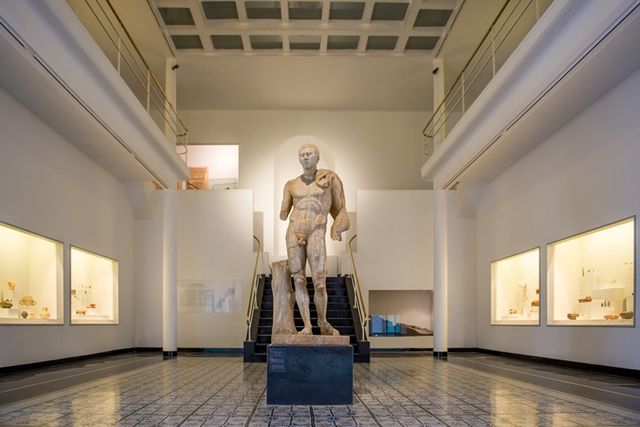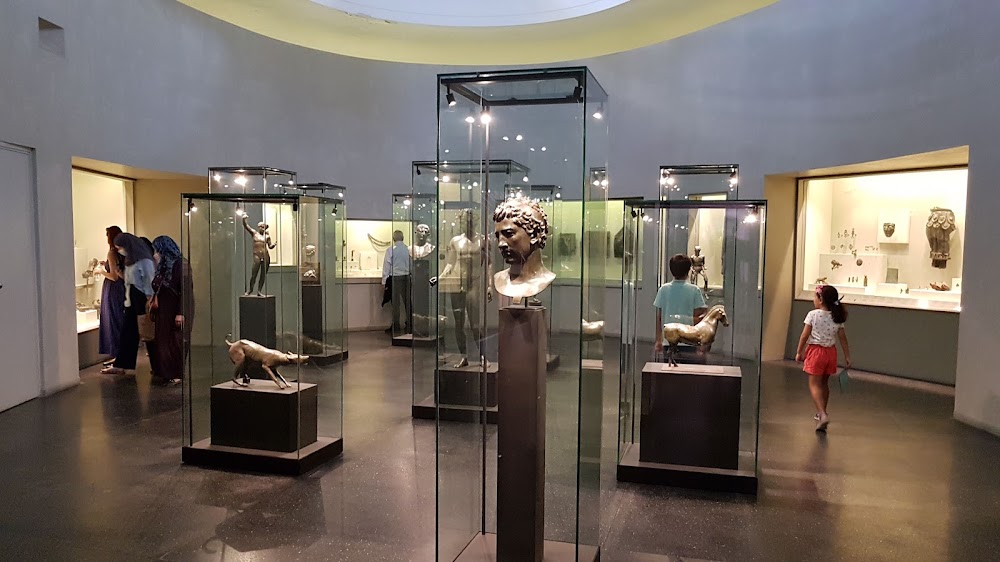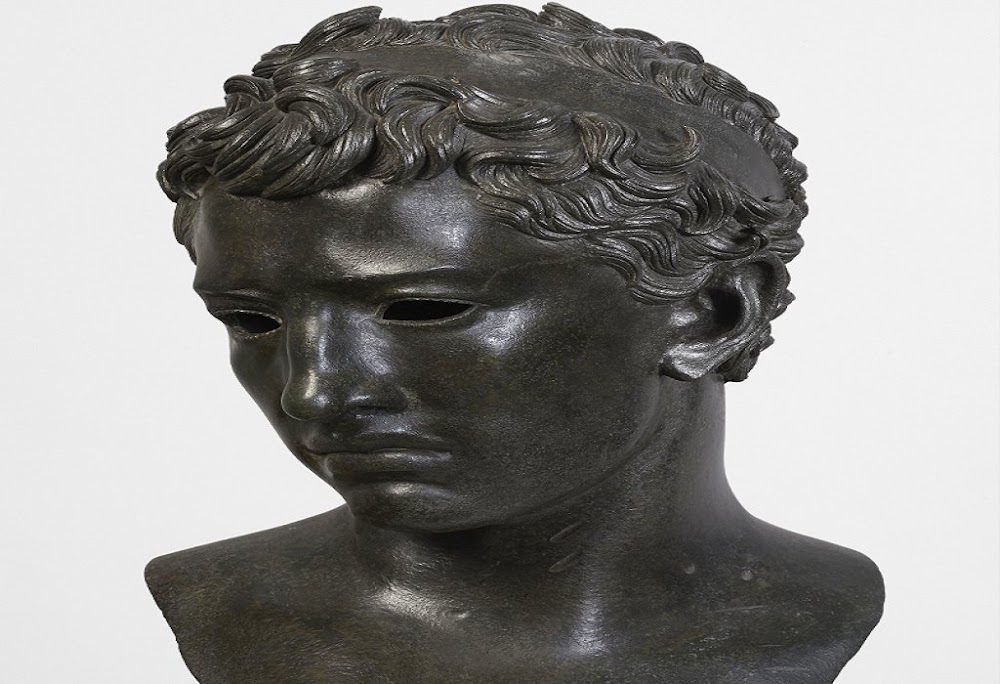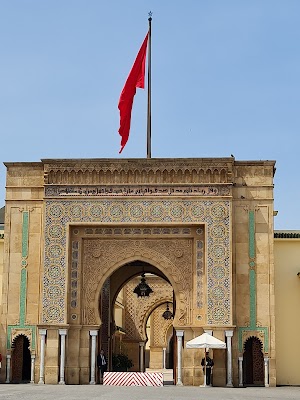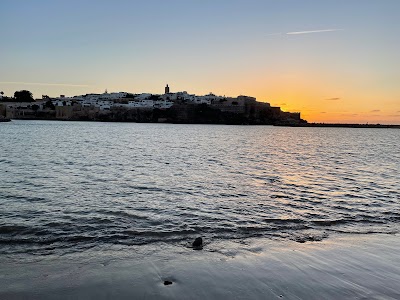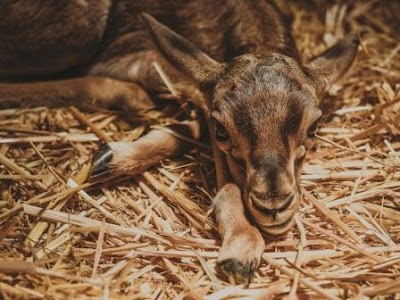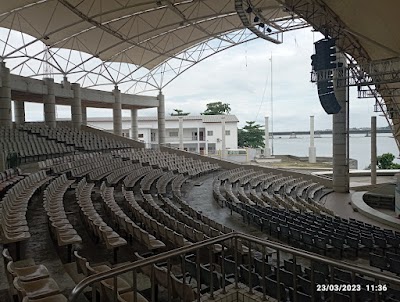Rabat Archaeological Museum (المتحف الأثري بالرباط)
Overview
The Museum of History and Civilizations, also known as the Rabat Archaeological Museum, is nestled in the vibrant heart of Rabat, the capital city of Morocco. This cultural gem is dedicated to preserving and showcasing the rich tapestry of history and diverse civilizations that have shaped Morocco over the centuries, making it an essential stop for anyone interested in the country’s past.
The concept for the museum originated in the early 20th century, a period marked by extensive excavations of ancient sites across Morocco, unearthing a treasure trove of historical artifacts. French archaeologists, who were actively working in the region, advocated for the establishment of a dedicated space to house these discoveries. The museum officially opened its doors in 1932 during the French Protectorate, standing as a testament to Morocco's archaeological significance.
The museum building itself is a striking example of early 20th-century Moroccan architecture. Designed by architects who sought to harmonize traditional Moroccan design elements with modern construction techniques, the exterior features intricate geometric patterns—a hallmark of Moroccan craftsmanship. Inside, spacious and well-lit galleries enhance the visitor experience, inviting exploration and discovery.
As you meander through the museum, you will find that the exhibits are organized chronologically, taking you on a captivating journey through Morocco's history from prehistoric times to the Islamic era. The exhibition begins with prehistoric artifacts, including stone tools and fossils, offering a fascinating glimpse into the lives of the region's earliest inhabitants and the dawn of human civilization.
Continuing your exploration, you will encounter an impressive collection from the Phoenician, Carthaginian, and Roman periods. Highlights include intricately designed mosaics, statues, and pottery that reflect the artistic and cultural exchanges between these ancient civilizations and Morocco. A standout piece is the bronze statue of the “Dog of Volubilis,” which dates back to the Roman era and exemplifies exceptional craftsmanship.
One of the museum's major highlights is its Islamic art collection, showcasing a diverse array of artifacts, including finely crafted ceramics, manuscripts, and textiles. These pieces beautifully illustrate the rich cultural heritage of the Islamic period in Morocco. Visitors are often captivated by the ornate designs and intricate calligraphy that adorn many of these works, reflecting the artistic mastery of the time.
In 2019, the museum underwent significant renovations aimed at modernizing its facilities and enhancing the visitor experience. Improvements included upgraded lighting, climate control systems to preserve delicate artifacts, and interactive displays. These enhancements have solidified the museum's status as a leading cultural institution in Morocco, making it an even more engaging destination for visitors.
Beyond its permanent collection, the Rabat Archaeological Museum plays a vital role in ongoing research and education. Collaborating with universities and international institutions, it conducts archaeological studies and regularly hosts temporary exhibitions that travel from other museums around the globe. The museum serves not just as a display space for artifacts but as a hub of knowledge and learning, fostering a deeper understanding of Morocco's rich history and its connections to other ancient civilizations.
Visitors can also take advantage of guided tours, which provide in-depth explanations of the exhibits and the historical context surrounding them. Led by experts in the field, these tours offer an invaluable opportunity to gain a deeper appreciation for the intricate cultural tapestry presented throughout the museum.
Ultimately, the Museum of History and Civilizations is much more than just a repository of artifacts; it is a profound testament to Morocco's rich and varied past. Offering a journey through time, it allows visitors to explore the different layers of history that have shaped this fascinating country. Whether you're a history enthusiast, a curious tourist, or a dedicated student, a visit to this museum promises a deeply enriching experience.


